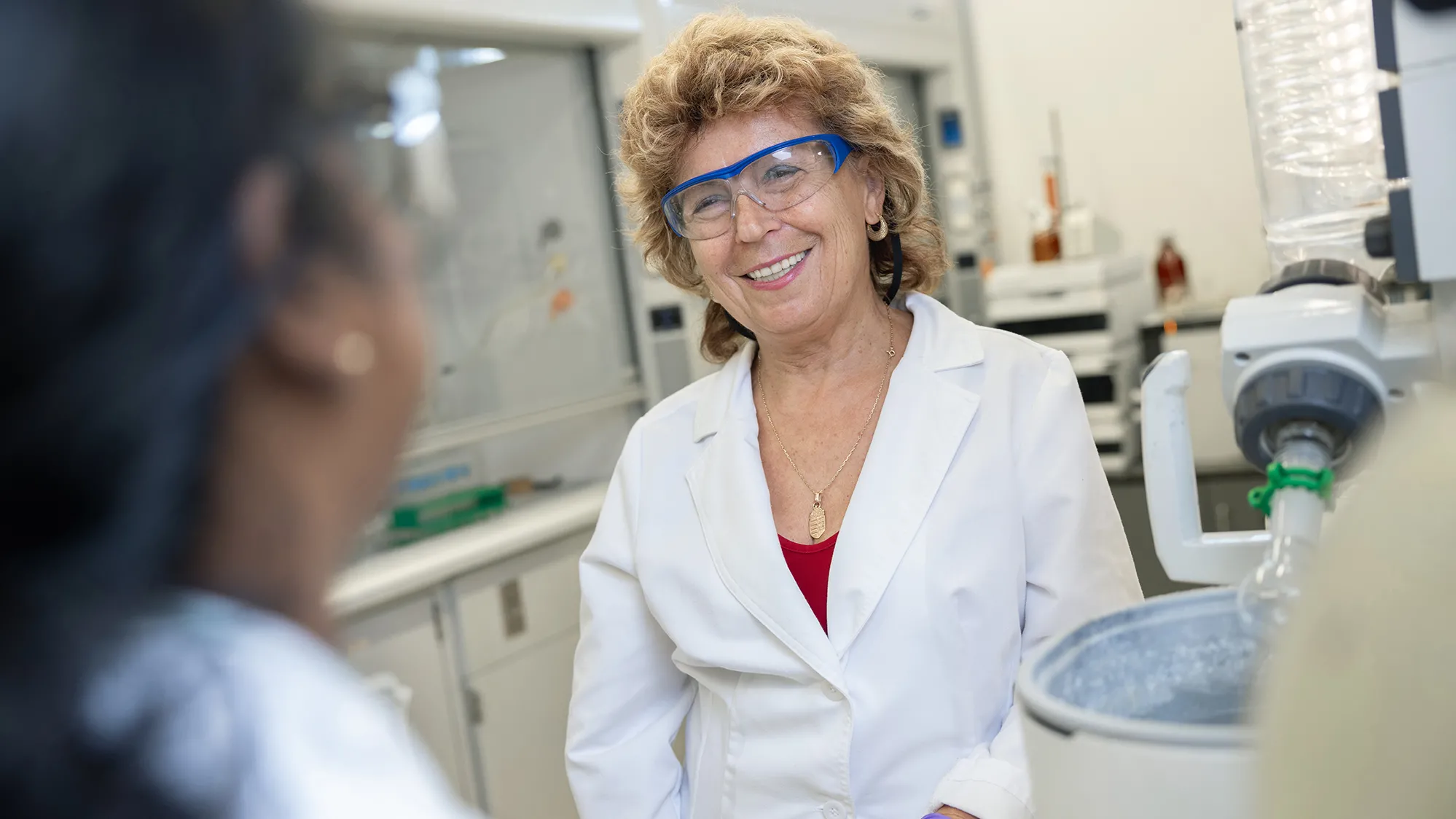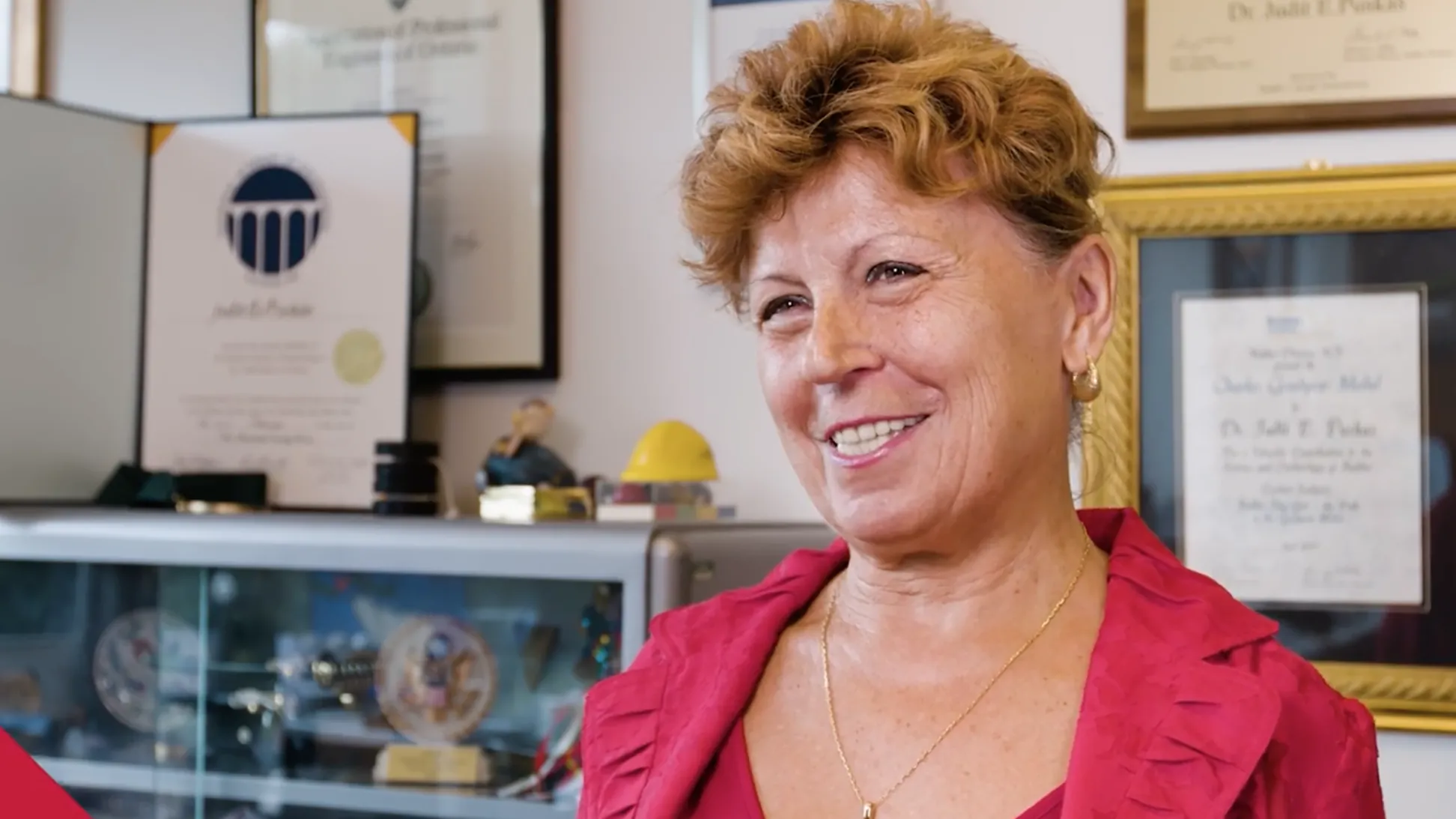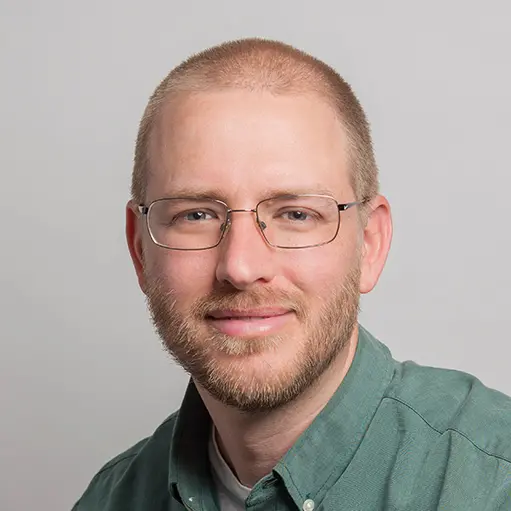Meet the queen of polymers, Professor Judit Puskas
The Distinguished University Professor uses the large molecules to solve mysteries about how to improve life and industry.

Judit Puskas, who with her team won a $26 million grant from the National Science Foundation in August to study natural rubber (Photo by Jodi MIller)
Distinguished University Professor Judit Puskas loves a good Agatha Christie detective story in the same way she enjoys her job as a polymer engineering researcher. “You see a problem, and you try to solve it. So that is what is rewarding,” says Puskas, who works from Ohio State Wooster in the Department of Food, Agricultural and Biological Engineering.
Polymers are very large molecules; Puskas points to DNA as an example. Polymer research often explores ways to develop better materials, like rubber or plastics, for industrial use.
Puskas’ zest for solving puzzles has led her through a career with novel-like twists and turns. Born in Hungary during the Cold War, she eventually traveled to the U.S. with her husband. The politics of the time complicated her life, with Hungarian authorities trying to get her to spy out industrial secrets. (She declined.) She’s since worked in industry and academia in both Canada and the United States.
Video: Distinguished University Professor Judit Puskas

In this 2½-minute video, the Office of Academic Affairs shares why Puskas has been named a Distinguished University Professor. “I’ve worked in three countries on two continents,’ she says, “and I still say that the research opportunities were exponentially better at The Ohio State University.” (Video by Sebastian Kleihs)
The award-winning professor is widely published and has a special place in the hearts of millions of surgery patients—literally. She helped invent a material used in coronary stents. She continues to do groundbreaking research and with her team recently won a $26 million grant from the National Science Foundation.
Here are some of her current projects:
Unexpected rubber sources
Rubber is critical to the economy. Puskas mentions aircraft tires, made of 100 percent natural rubber, as one example. But a huge percentage of this resource comes from trees in Asia, which means if that supply gets disrupted, we’d have big problems. Puskas is investigating genetic engineering of plants like guayule (a shrub that resembles something you’d find in an herb garden) and a species of dandelion, with the goal of making them available to farm in the United States.
Breast implant as treatment
The goal here is to develop a mesh, which will fit over the silicone used in breast implants, with built-in cancer treatment drugs and antibiotics that would slowly release over years. The benefit is a more local treatment with lower dosages, so people don’t suffer as many side effects as they do with procedures, like chemotherapy, that target the whole body. Puskas hit on the inspiration for this project while listening to a public radio feature about problems with implants. “I said, ‘Oh, I am a female scientist so I have to find the solution for that.’”
Cleaner chemical reactions
To make a long story very short, catalysts are used in the chemical process of producing materials. Industry often uses heavy metals for this purpose, but these are poisonous, Puskas points out. The human body uses enzymes to accomplish a similar process with remarkable speed and efficiency. Puskas is overseeing work to adapt enzymes, which can be recycled, for better, safer industrial processes.
More comfortable masks
After the COVID-19 pandemic, we can all have a lot more sympathy for people who must wear surgical masks during their workday. This project, now in the testing phase, grew out of the work on the breast implant mesh. Puskas and her team aim to use a similar mesh to create a mask that is more comfortable and doesn’t get wet.



